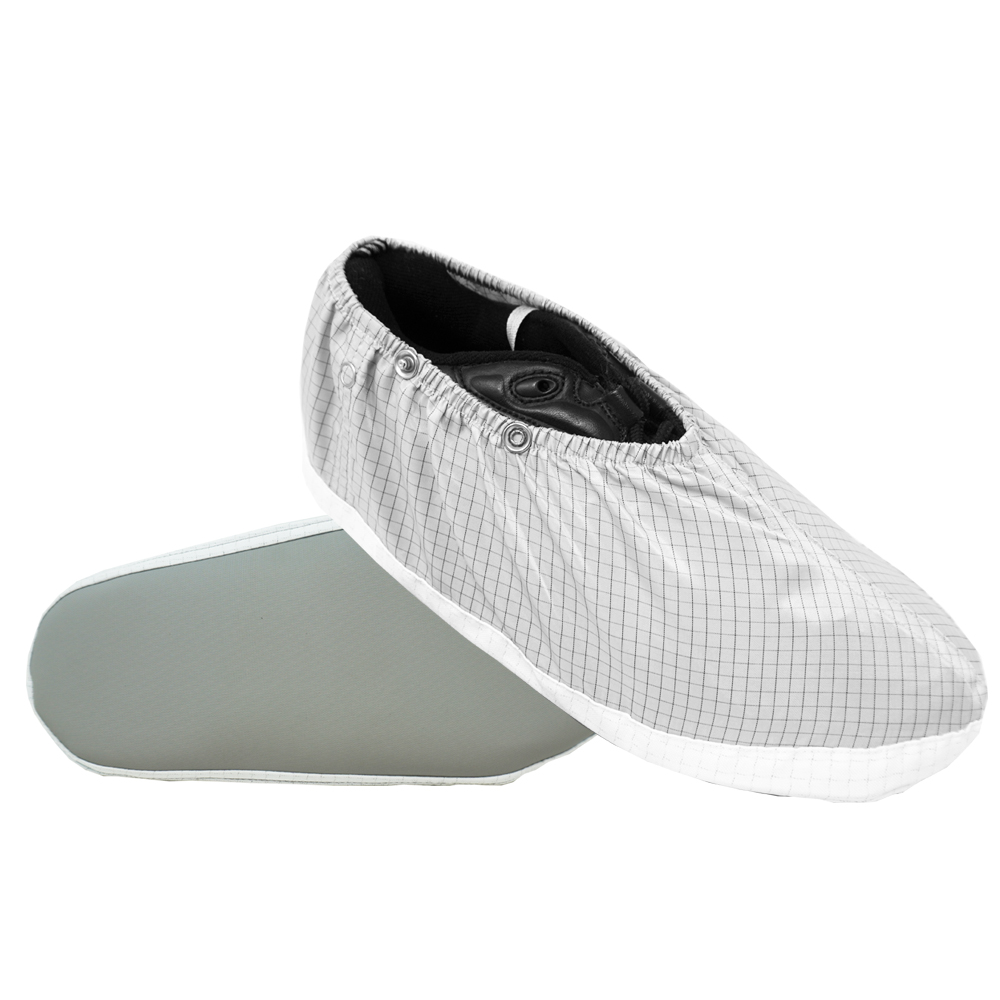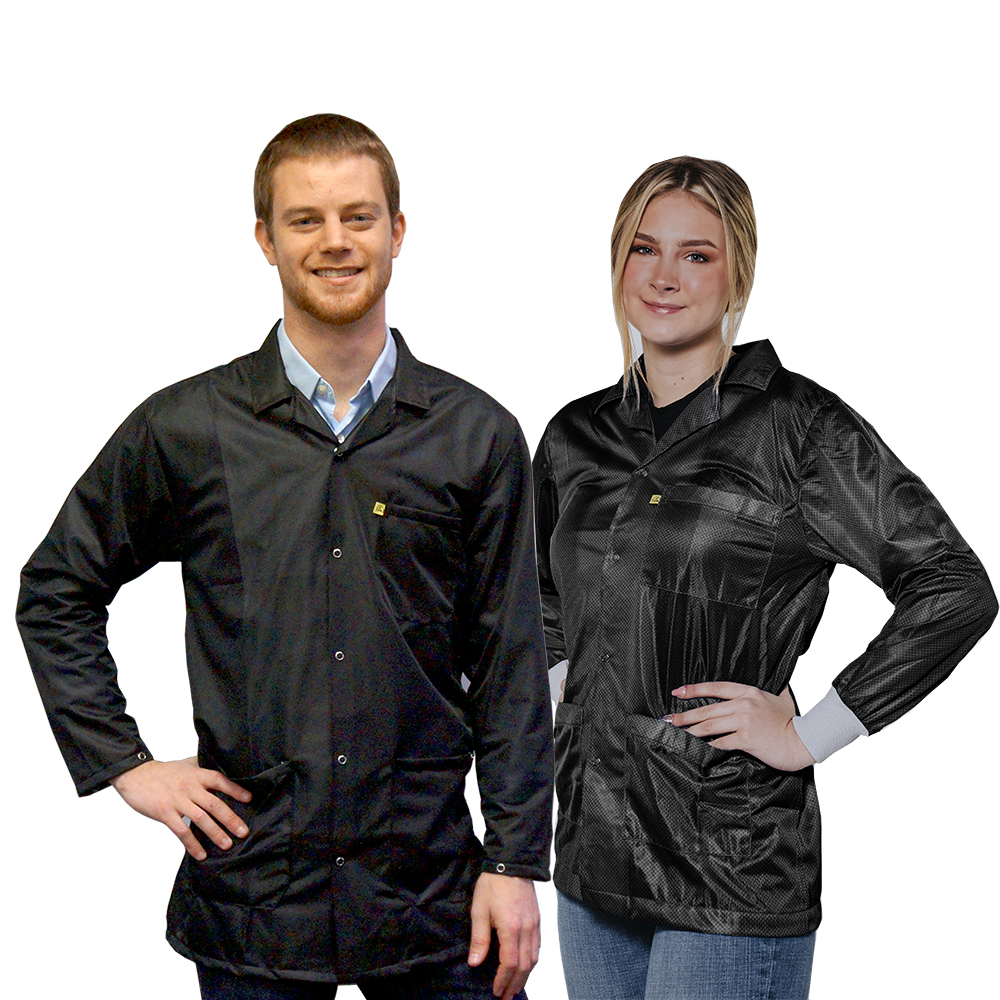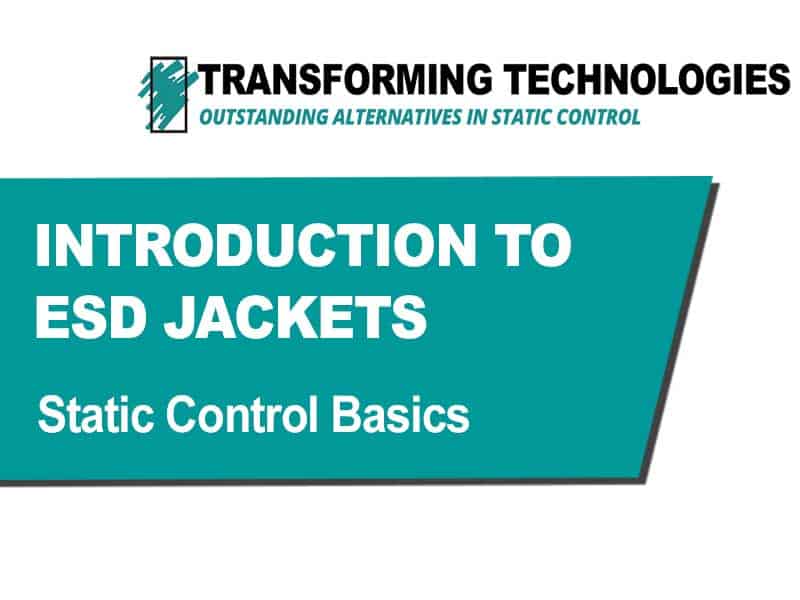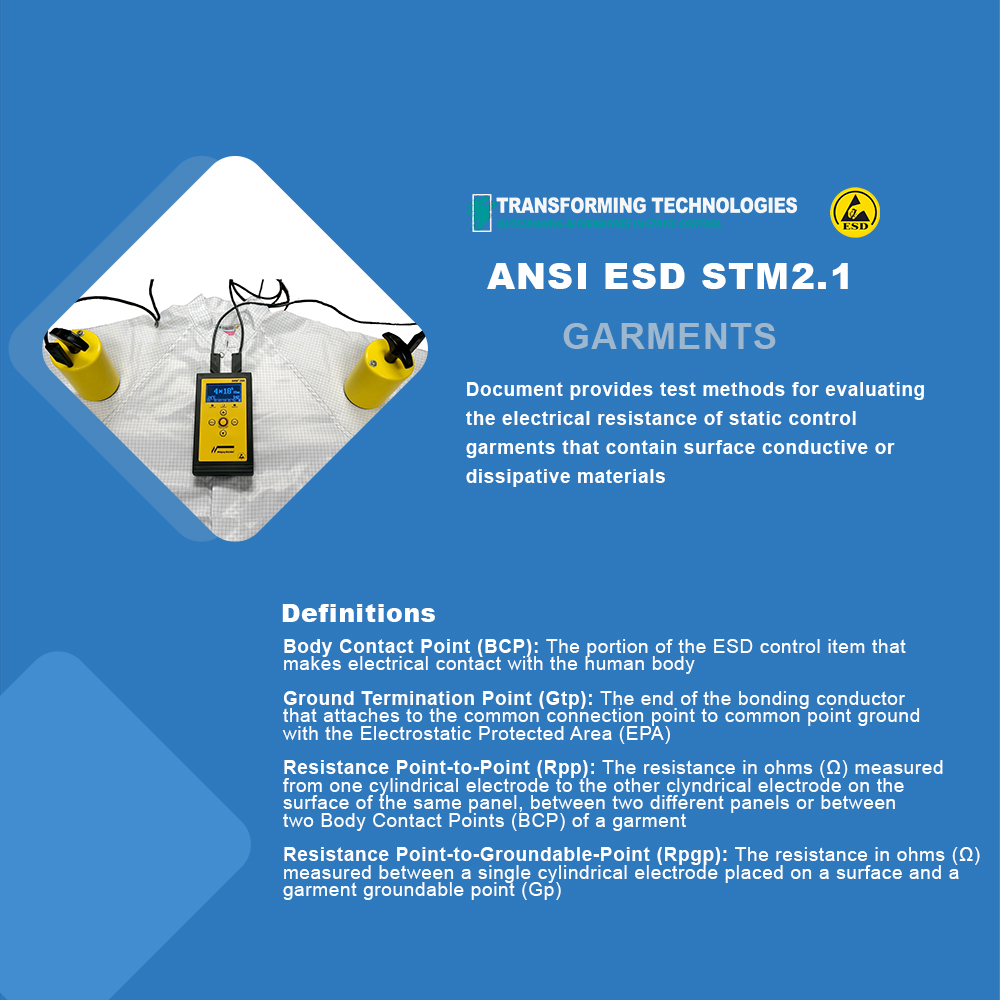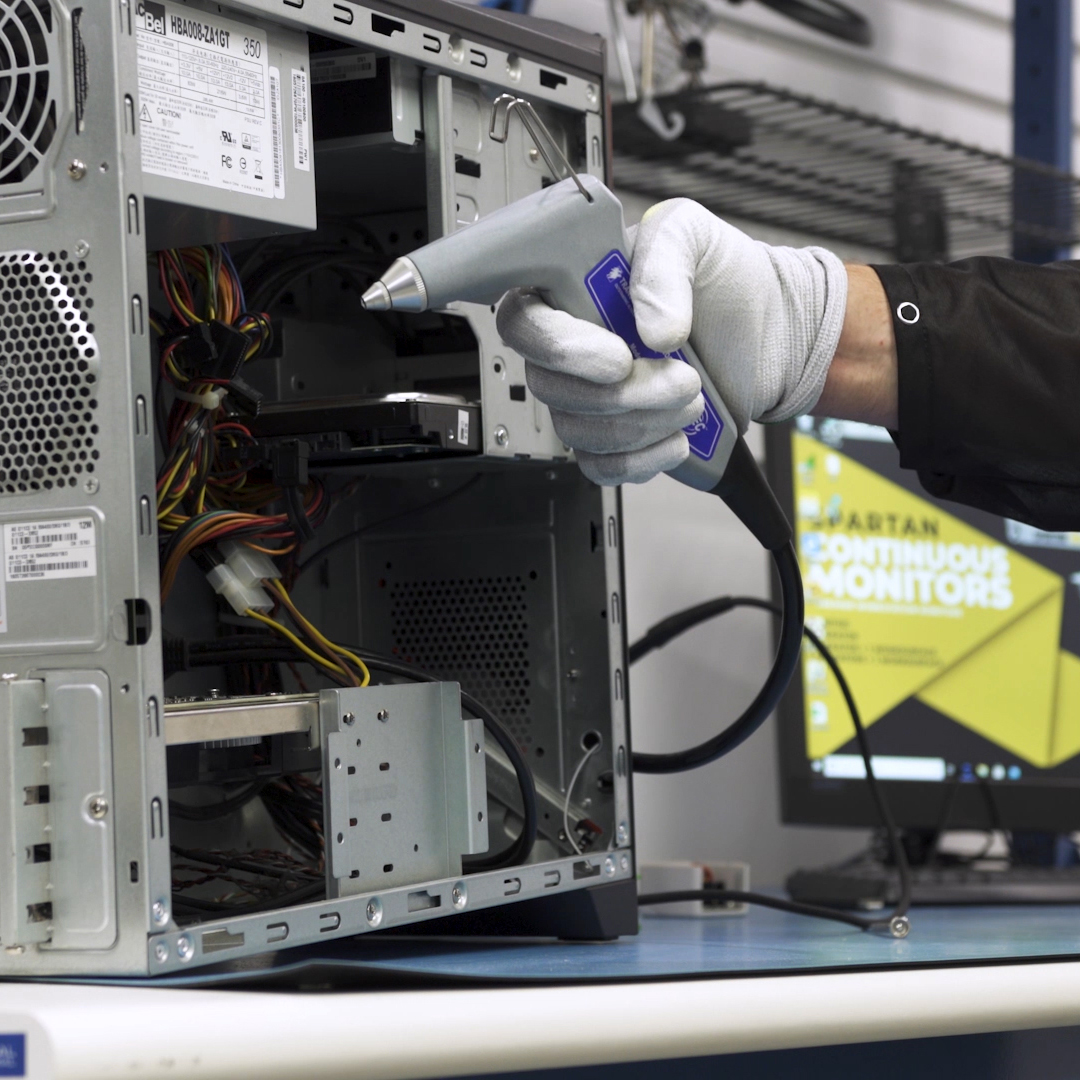Live Chat
Controlling Static in Data Centers
Controlling Static in Data Centers Controlling static in data centers is crucial for maintaining the reliability and longevity of critical electronic equipment. Let’s examine the reasons why static poses a problem in data centers and explore effective solutions. The Impact of Static in Data Centers Hardware Damage due to ESD:…


